LF ~ 3,000 PLO ~ 1,200 | Date 12 August 1976 | |
 | ||
LF 200 1,500 to 3,000 Palestinians killed Results Destruction of the camp, Displacement of Palestinian Refugees, Lebanese Front decisive and strategic victory Similar Lebanese Civil War, Karantina massacre, War of the Camps, Black Saturday, Black September | ||
Synd 26 7 76 tel al zaatar camp under seige from right wing phalangists
The Siege of Tel al-Zaatar (Arabic: معركة تل الزعتر), also known as the Tel al-Zaatar Massacre, was an armed siege which took place during the Lebanese Civil War in 1976. Tel al-Zaatar (The Hill of Thyme) was a UNRWA administered Palestinian Refugee camp housing approximately 50,000-60,000 refugees in northeast Beirut.
Contents
- Synd 26 7 76 tel al zaatar camp under seige from right wing phalangists
- Background
- The battle and its aftermath
- Estimations of the numbers of victims
- References
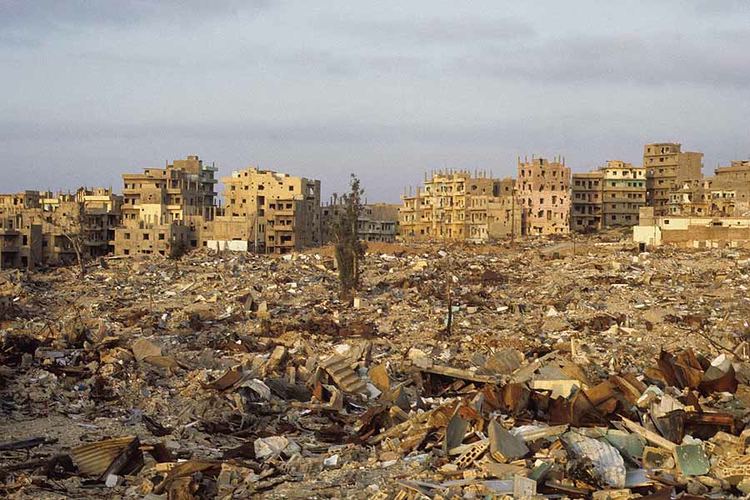
Background
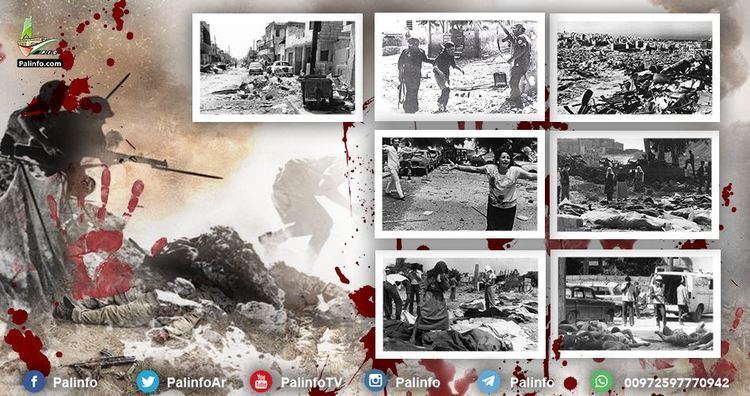
The militancy of radical factions increased with the breakdown in authority of the Lebanese government. On 18 January 1976, Christian forces the Guardians of the Cedars and the Tigers militia took control of the Karantina district and then committed the Karantina massacre.
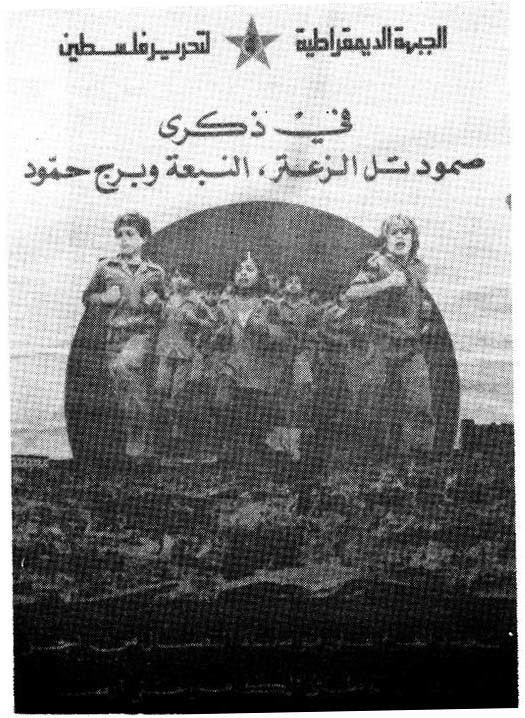
On 4 January 1976, a thin cordon was established around the camp by 300 fighters from the Al-Tanzim and 100 fighters from the Maroun Khoury Group in an effort to contain the Palestinians. The Maroun Khoury Group was a Dikwaneh-based militia. One road was left open to allow Palestinian evacuation towards Aley but the Palestinians refused to enter into dialogue with the Lebanese Front (the overall coalition of Lebanese Christian militias).
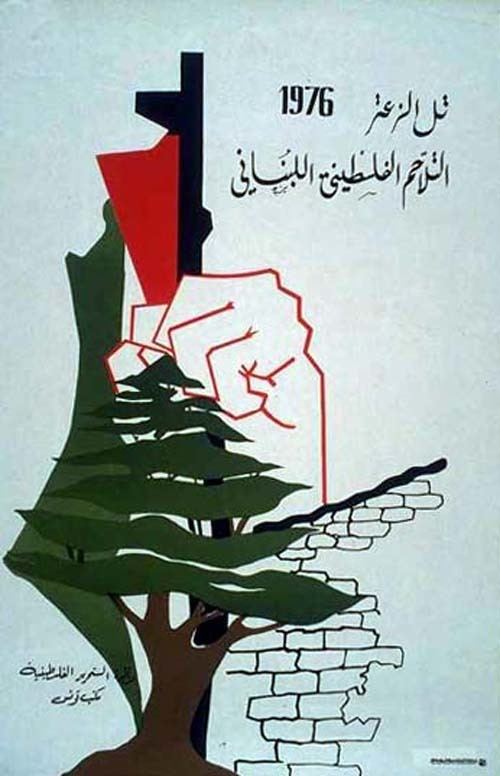
At the start of the Battle for the Camps (the final showdown between the Lebanese Front and Palestinian militias), the Ahrar forces surrounded and attacked Jisr al Basha and Kataeb. The Guardian of the Cedars troops engaged the adjacent, mainly Shiite, area of Nabaa, which contained large numbers of leftist forces. These were some of the hardest battles fought during the war.

Syria put itself forwards as a "mediator" on the basis of historic claims. By April, Syrian forces with As-Sa'iqa units intervened on behalf of hard pressed right-wing militas. The influence of Syria led to the election of Elias Sarkis.
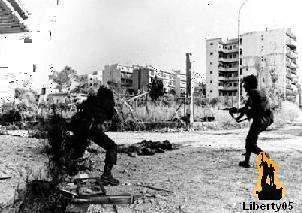
By the first week of June, Syrian forces applied a blockade of West Beirut, a predominantly Muslim section containing the Palestinian headquarters, and left only the southern route open. From 22 June the Phalangist forces, many Christian residents of Ras el-Dekweneh and Mansouriye controlled by Maroun Khoury with Syrian backing intensified the blockade to a full-scale military assault that lasted 35 days. The Lebanese right-wing militias had laid siege to the refugee camp for 3 months. When the camp fell, the Palestinian deaths numbered in the thousands. The besieging militia's loss was around 200 armed men.
The battle and its aftermath
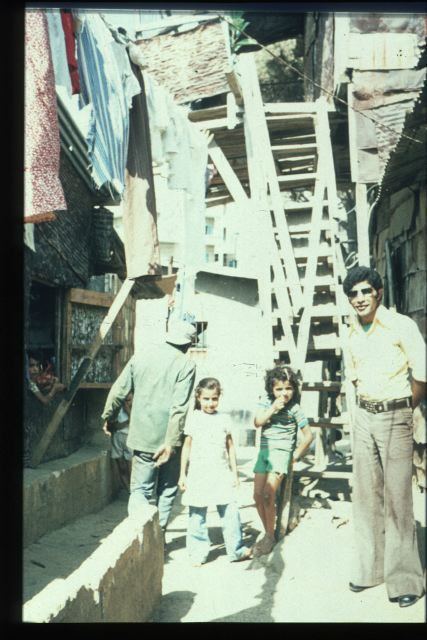
The battle is said to have contributed to the mounting Sunni Muslim dissent within Alawi-ruled Syria. As a result, Syria broke off its offensive on the PLO and the LNM, and agreed to an Arab League summit which temporarily ended the Civil War.
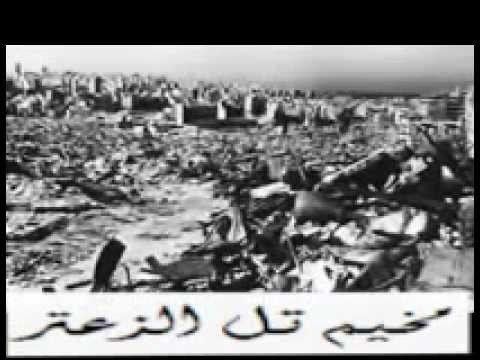
After killing and evicting the occupying Palestinians on January 20, 1976 the PLO used the Christian town of Damour to house survivors of the Tel al-Zaatar battle.
The split in the PLO leadership was ended when the Syrian backed As-Sa'iqa movement was expelled from the PLO, leaving Fatah as the dominant party.
Hafez al-Assad received strong criticism and pressure from across the Arab world for his involvement in the battle - this criticism, as well as the internal dissent it caused as an Alawite ruler in a majority Sunni country, led to a cease-fire in his war on the Palestinian militia forces.
